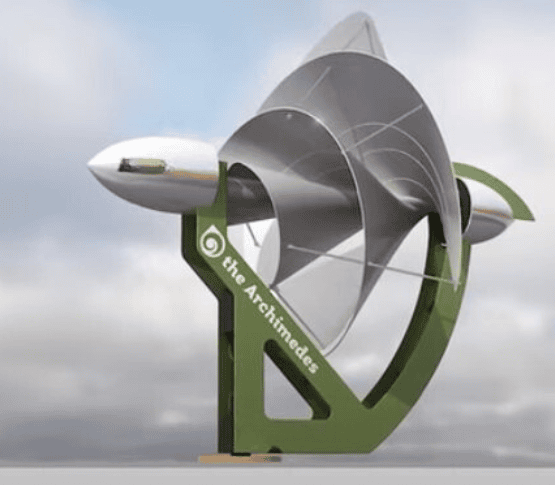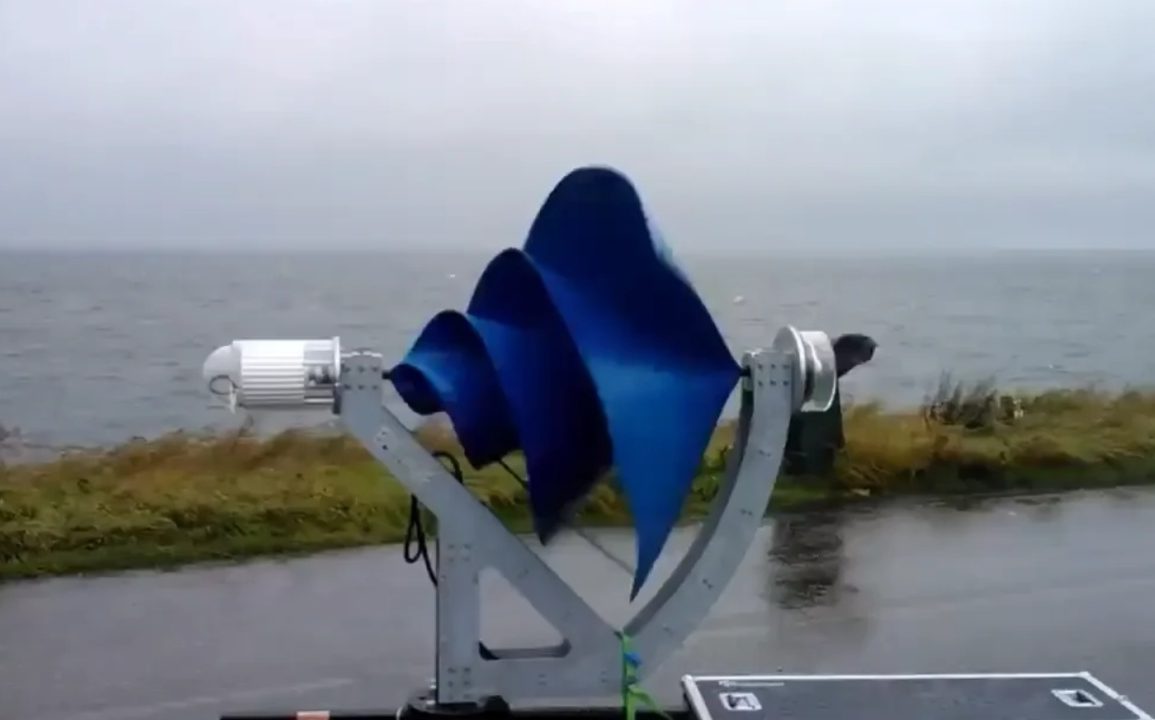The LIAM F1 UWT, a silent wind turbine from the Netherlands, is reshaping the renewable energy sector by offering an alternative to solar panels, particularly for urban environments. Specifically engineered for residential use, this compact turbine addresses the noise concerns commonly associated with traditional wind turbines, making it well-suited for densely populated areas.
Its key features, such as lightweight construction, silent operation, and the ability to capture low and irregular winds, make it highly efficient in urban settings. The turbine provides an innovative and practical option for homeowners and businesses seeking to harness renewable energy in city spaces.
Compared to solar panels, the LIAM F1 UWT has distinct strengths and limitations. While both technologies operate silently, the turbine requires less space and can run continuously as long as the wind is present, unlike solar panels that are restricted to daylight hours.
However, the turbine’s annual energy output, ranging from 300 to 2,500 kWh, covers only about half of an average household’s energy consumption. This points to the benefits of combining wind and solar technologies for a more complete renewable energy solution, where both sources work together to achieve full energy independence.

The Netherlands has become a leader in wind energy innovation, driven by favorable wind conditions and forward-thinking government policies that promote renewable energy. This focus on clean energy has resulted in the development of large-scale offshore wind farms, rural wind projects, and urban-friendly solutions like the LIAM F1 UWT.
The country’s commitment to reducing its reliance on fossil fuels has spurred the growth of adaptable, small-scale technologies, addressing the specific challenges of generating energy in urban settings.
The LIAM F1 UWT represents a shift in how cities can adopt renewable energy technologies to reduce their carbon emissions. With its compact, silent, and efficient design, this wind turbine can be easily integrated into urban environments without disrupting everyday life.
By pairing these turbines with existing solar panels, urban areas can diversify their energy sources and make strides toward decentralized, sustainable power generation. This approach not only helps reduce the carbon footprint of cities but also changes the way energy is produced and consumed in densely populated regions.
The introduction of the LIAM F1 UWT emphasizes the need for diverse renewable energy solutions to tackle climate change. Its emergence as a competitor to solar panels demonstrates the importance of continued innovation and adaptability in the clean energy sector.
By providing a complementary alternative to existing solar technologies, the LIAM F1 UWT highlights that a combination of different approaches can offer a more resilient and flexible path toward achieving sustainable energy goals.

